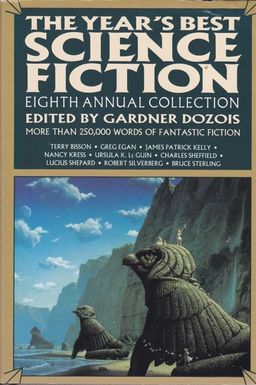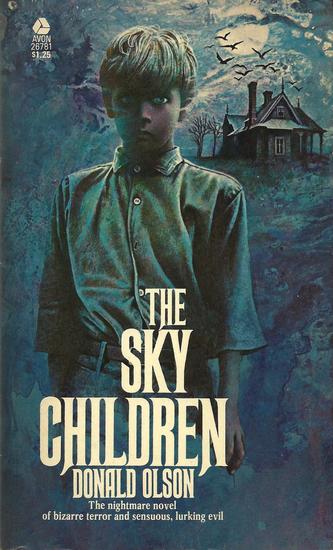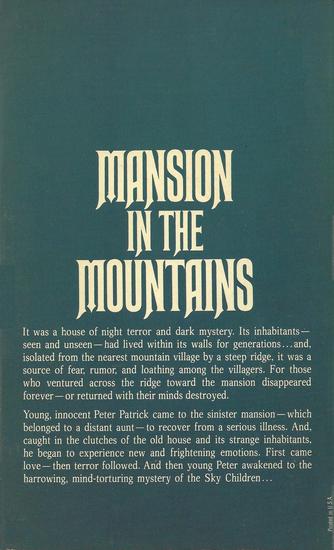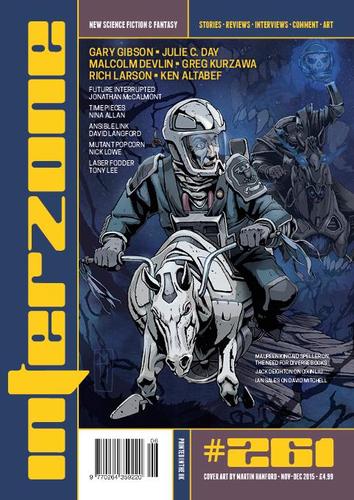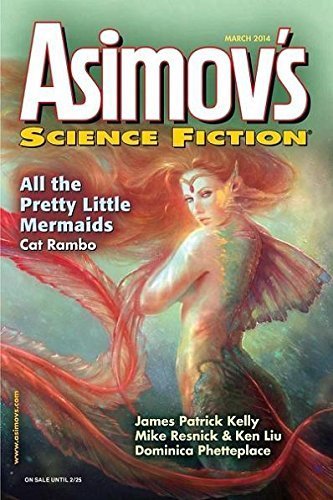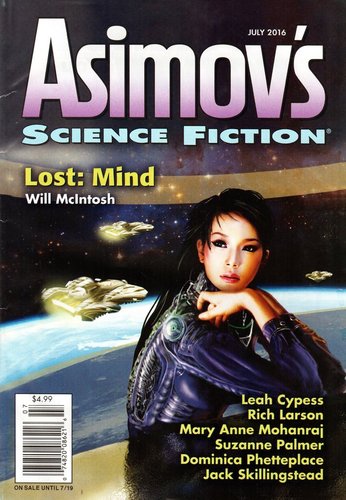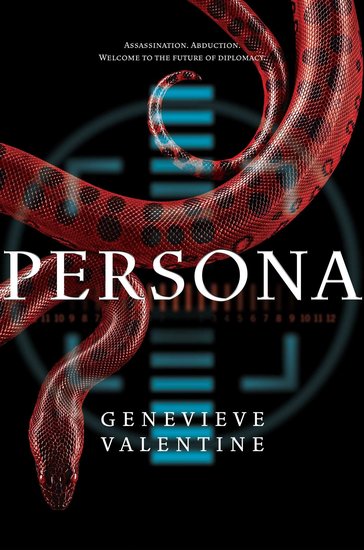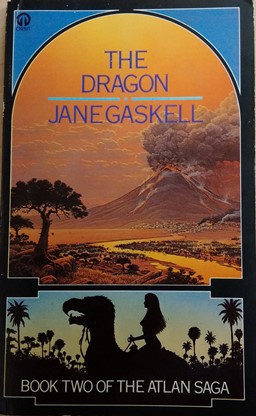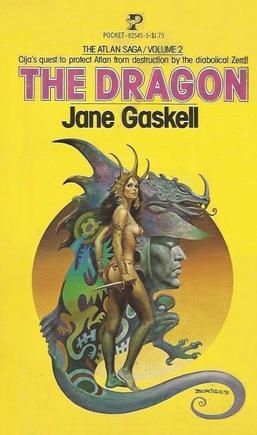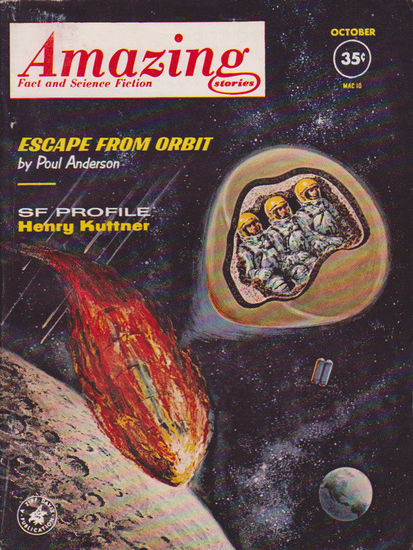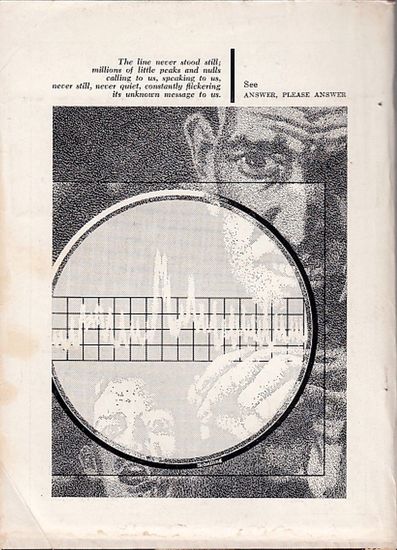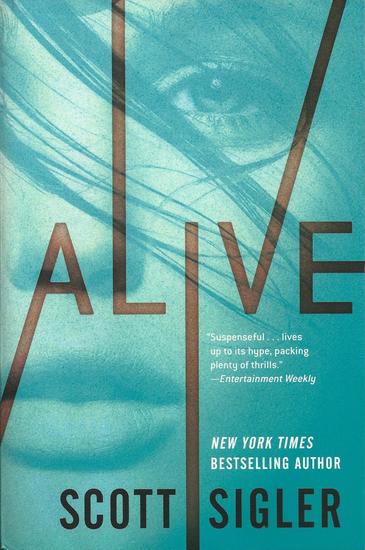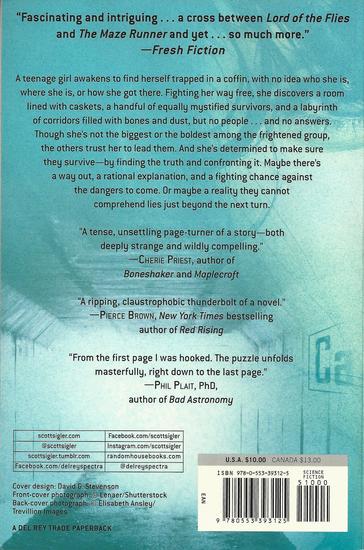New Treasures: The Wheel of Osheim, Volume Three of The Red Queen’s War by Mark Lawrence
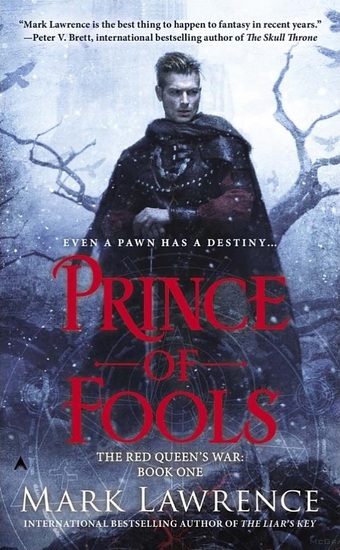 |
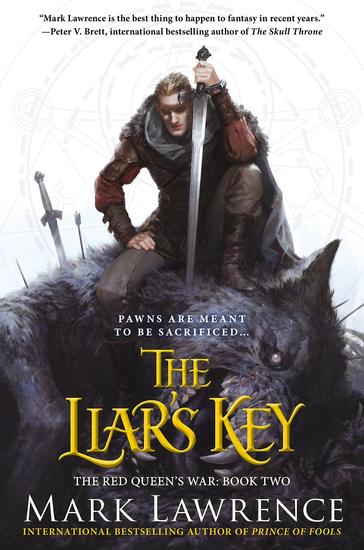 |
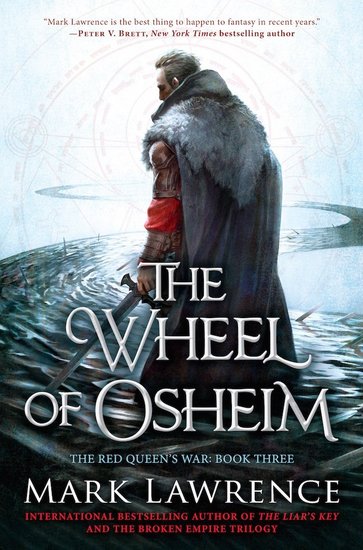 |
Mark Lawrence is the author of the bestselling Broken Empire trilogy (Prince of Thorns, King of Thorns, and Emperor of Thorns), the final volume of which won the 2014 David Gemmell Legend Award. The trilogy told the story of Jorg Ancrath’s devastating rise to power, and Mark returned to the same world for his second trilogy, The Red Queen’s War, which began with Prince of Fools (2014) and The Liar’s Key (2015). The final volume, The Wheel of Osheim, was published in hardcover last week. Here’s the description.
All the horrors of Hell stand between Snorri Ver Snagason and the rescue of his family, if indeed the dead can be rescued. For Jalan Kendeth, getting back out alive and with Loki’s key is all that matters. Loki’s creation can open any lock, any door, and it may also be the key to Jalan’s fortune back in the living world.
Jalan plans to return to the three w’s that have been the core of his idle and debauched life: wine, women, and wagering. Fate however has other plans, larger plans. The Wheel of Osheim is turning ever faster, and it will crack the world unless it’s stopped. When the end of all things looms, and there’s nowhere to run, even the worst coward must find new answers. Jalan and Snorri face many dangers, from the corpse hordes of the Dead King to the many mirrors of the Lady Blue, but in the end, fast or slow, the Wheel of Osheim always pulls you back. In the end it’s win or die.
We published the first chapter of Prince of Thorns, with a brand new introduction by Mark, here, and Howard Andrew Jones’s interview with him is here. Mark’s long article on writing and selling The Prince of Thorns (and the early rejection letters he got from Black Gate) is here.
The Wheel of Osheim was published by Ace on June 7, 2016. It is 432 pages, priced at $27 in hardcover and $13.99 for the digital edition. The cover is by Jason Chan.
